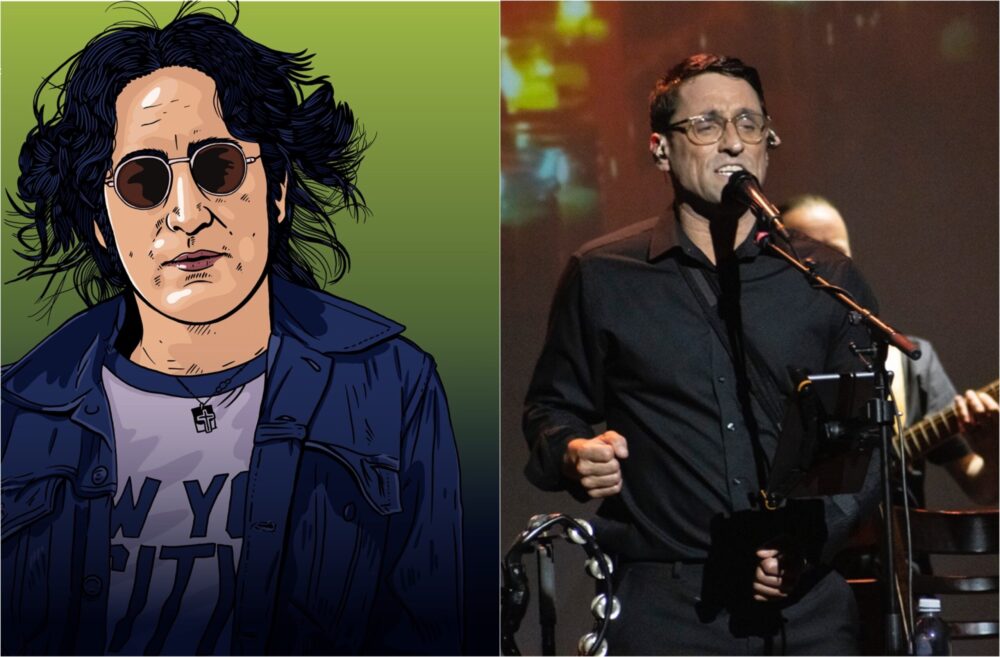
Beatles
Did you know these fascinating facts about Liverpool’s Castle Street?
4 years ago

Castle Street is one of Liverpool’s most iconic streets, bustling with restaurants and bars.
We may work in the area, nip into the bank at lunchtime, enjoy a cheeky gin, glass of wine or a meal in the evenings there with friends, but here are some things you may not know about Castle Street, one of our oldest streets.
Listed buildings
Castle Street is acknowledged to boast one of the finest Victorian street scenes in England. It has two Grade I listed buildings – the Town Hall and former Bank of England – and 17 Grade II listed buildings. These include Midland Bank, Midshires Building Society, Cheltenham and Gloucester Building Society, Queen Insurance Building, Yorkshire Building Society, and Scottish Provident.
Medieval roots

Pic. Streets of Liverpool
Castle Street’s history goes back a long way. As one of the original seven ancient streets in our city, you can see it on maps dating back to the 13th century. When Liverpool was still a medieval town, the area hosted fairs and was an important route to and from the ports – and the Liverpool Castle, which it is a tribute to. Castle Street might be small in physical size but it contains many buildings and landmarks charting important points in the city’s remarkable history.
Liverpool Castle

The castle after which the street is named was built under the orders of William de Ferrers the 4th Earl of Derby, between 1232 and 1237. It stood until the mid-18th century, close to where the modern day Liverpool Courts are situated. Surrounded by a moat, the castle was built at the highest point of the city to protect King John’s new port. The design of the Crown Courts resembles a castle, in acknowledgement of its history.
Queen Victoria Monument

The Queen Victoria Monument is located at the actual site of the castle, on Derby Square. Unveiled in 1906, the large neo-Baroque monument has four groups of figures around its pedestal, representing agriculture, commerce, industry and education. If you’re travelling on the top of a double decker bus and happen to pause by the monument at the correct moment, you will see Queen Victoria’s sceptre sticking up at an unfortunate yet hilarious angle.
The Titanic’s musicians

In 1912 the famous passenger liner that sank on its maiden voyage, the HMS Titanic, left Liverpool for the first and final time. Musicians on board were recruited by CW & FM Black who were then located at 14 Castle Street. The company engaged the services of musicians for big shipping lines. The musicians on Titanic travelled as 2nd class passengers and famously played as the ship sank, to calm and comfort those remaining on board. The only Scouser in the band was Fred Clarke from Wavertree, who was buried in Halifax, Nova Scotia.
White Star Line

Headquarters of the White Star Line – owners of the doomed Titanic – were built towards the end of the 1890s, at 30 James Street. Also known as Albion House, the White Star Building or referred to more informally locally as the ‘streaky bacon building’ due to its distinctive red brick and white Portland stone pattern, it is Grade II* listed. When news of the Titanic’s tragic fate reached the White Star offices, officials read out the names of the dead from the safety of the balcony. White Star Line was forced by the British Government to merge with Cunard Line in 1934. The building in more recent times was converted into a Titanic-themed hotel, and is currently luxury hotel 30 James Street.
Check out 30 James Street here.
Liverpool Town Hall

Liverpool Town Hall is located at the top of Castle Street, and built between 1749 and 1754. Designed by John Wood the Elder, the interior is stunning. Downstairs has murals from early 20th Century and includes memorials to the war dead, and those awarded the Freedom of Liverpool. The beautiful upper floor boasts reception rooms with fireplaces and chandeliers. You can get married at the Town Hall, the grand surroundings guaranteeing unique wedding photographs.
More info here.
Surrender of the CSS Shenandoah

The very final act of the American Civil War took place at the Town Hall. In 1865, Captain James Iredell Waddell walked up the steps and presented a letter to the city’s Mayor. He surrendered his vessel, the CSS Shenandoah, to the British Navy. He sailed the CSS Shenandoah around the globe for just over a year leading up to this event. In an effort to disrupt the Union’s economy, it launched raids against the U.S. Navy and resulted in the capture and sinking of 38 vessels. It also fired the final shot of the war.
The Beatles

The Hall’s balcony is the scene of The Beatles’ famous homecoming in July 1964 for a civic reception and the northern premiere of their first feature film, A Hard Day’s Night. Leading up to their return, the band were concerned at the city’s response to their appearance, as they’d left Liverpool and moved down south. But they needn’t have worried. Thousands of fans gathered to catch a glimpse of the Fab Four waving from the famous Castle Street landmark.
Sanctuary Stone

Credit: Mike Peel
Close to the Town Hall there is the Sanctuary Stone, a large stone which marked the boundary of the medieval fair way back when. Originally standing a couple of feet high, the stone was dug up a number of times over the past 100 years. When relaid, a freshly minted coin has been buried with it on each occasion.









 Subscribe
Subscribe Follow Us
Follow Us Follow Us
Follow Us Follow Us
Follow Us Follow Us
Follow Us Follow Us
Follow Us











